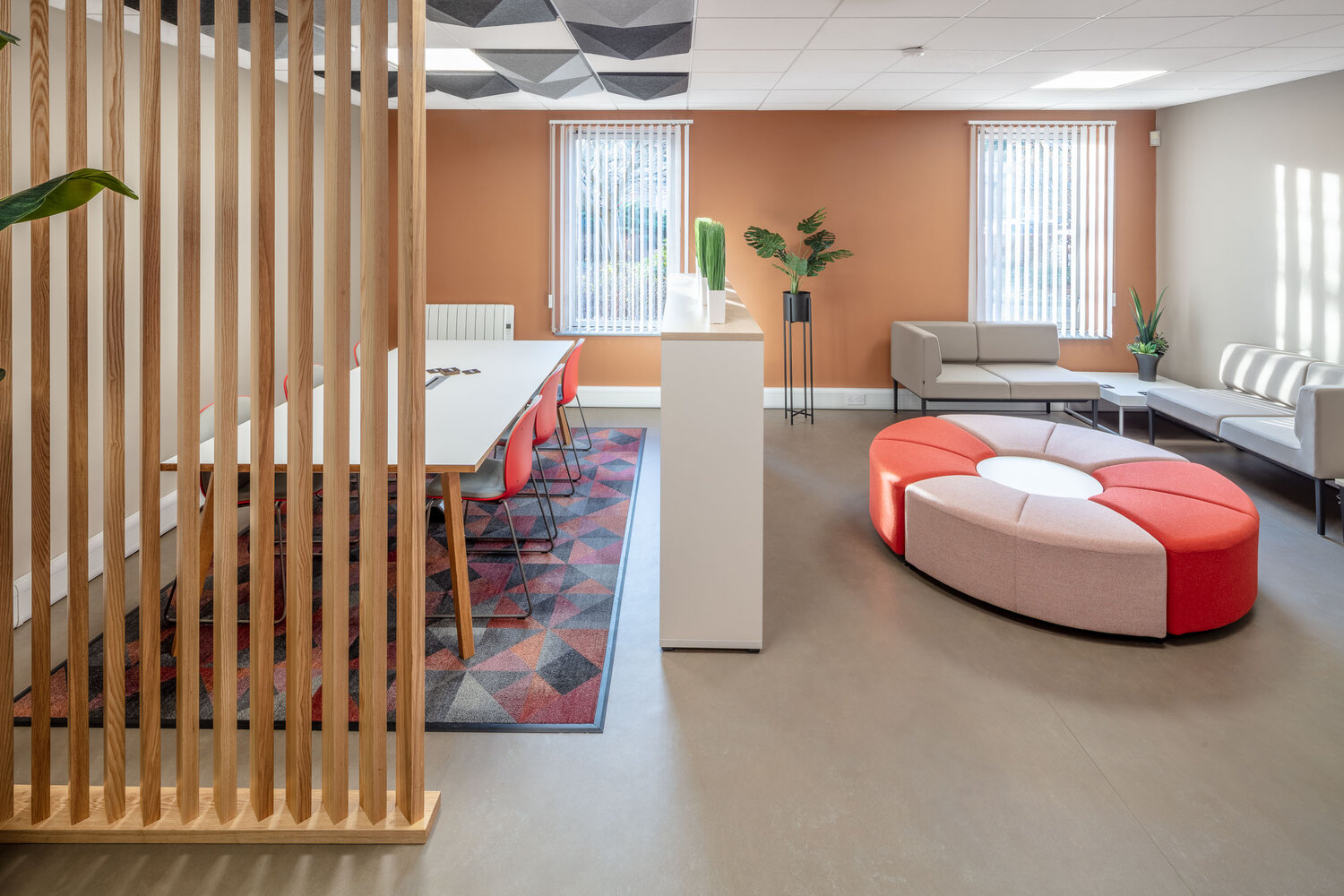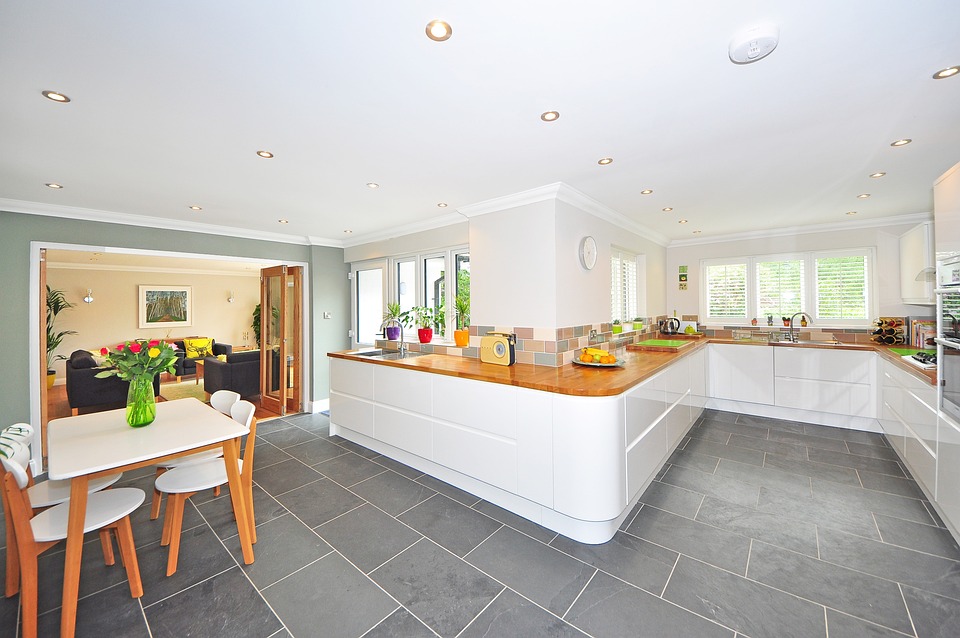Many often think of architecture and home design as only visual aesthetics. However, architecture also resonates with other senses to create the same appealing space that can be appreciated even by visually-impaired individuals.
Today, we have millions of people in the world with some degree of sight loss – be it since birth or developed with age. And, they all want to enjoy the comfort of their homes, just like any homeowner. They also dream of a home with open walkways, chic pieces of furniture, warm kitchens and large bathrooms. However, the only difference is that the design of the home would be less centered on appealing to the eye and more on translating a space into a more functional one so that a blind homeowner can live his daily life without any difficulty in that home.
Doors and Door Frames

It becomes easier for visually impaired individuals to distinguish between doorways and walls when you choose lighter colors for your doors and door frames. You can also stick bold and colorful stripes or decorative stickers about eye level so that the individual can determine if the door is closed or open.
The Color Palette of Your Home

Ever heard about the Maryland School for the Blind in Baltimore? Built around the 1970s, the school uses different colors to help individuals with low vision get accustomed to spaces. However, it is important to keep the color palette simple, warm and neutral. Too many bright colors and bold, busy patterns can be confusing.
Add in the Fragrance

Architects of the Dialogue in the Dark Bukchon found that fragrances such as the use of fragrant flowers or plants could be incorporated into the design to create an experience through which people with vision impairment could better appreciate the structure through their senses of smell.
Acoustic Elements

Excessive noise or loud sounds can be irritating to a visually impaired person who relies heavily on their hearing abilities. A blind person will take guidance from the sounds around them as they move through space, so acoustic treatments of the walls and other surfaces are critical. Canceling irritable noises such as a mechanical vent or loud chattering and expanding the scope of natural sounds such as people’s footsteps or the dripping of a water droplet makes the space “sound better” and more comfortable.
Kitchens

With a few decorating tips, you can make your home safer. Choose countertops that let you see what you’re putting on top of them, such as food, cutting boards, utensils, and pots and pans. Ensure that the appliances have enough contrast to stand out from the countertops and work areas.
Think About Tactile Materials

Because a person with low visual ability cannot see the materials within a space, tactile materials or materials that encourage the sense of touch to perceive them work wonders in a structure that blind people can access. A difference in texture, such as that of a stone surface versus a textured concrete wall, can have a significant impact on how a visually impaired person experiences a space. The combination of these materials and textures creates a wayfinding system as well as the ability to differentiate between the spaces.
Wayfinding

It simply refers to information systems that guide people through a physical environment and improve their understanding and experience of it.
While wayfinding is critical for visually impaired people to help them navigate through space, it is the responsibility of an architect to create designs that incorporate this feature. It can be accomplished by arranging different materials on the floor in a pattern to guide people, by using fragrance to lead the way, or by incorporating tactile materials to create a pathway.





